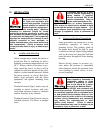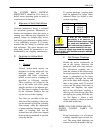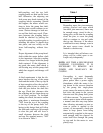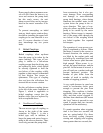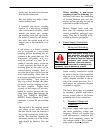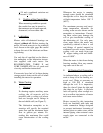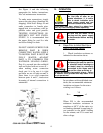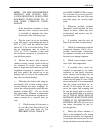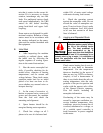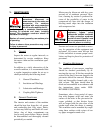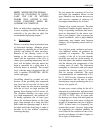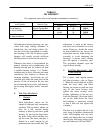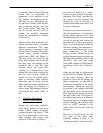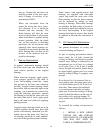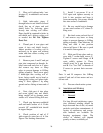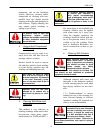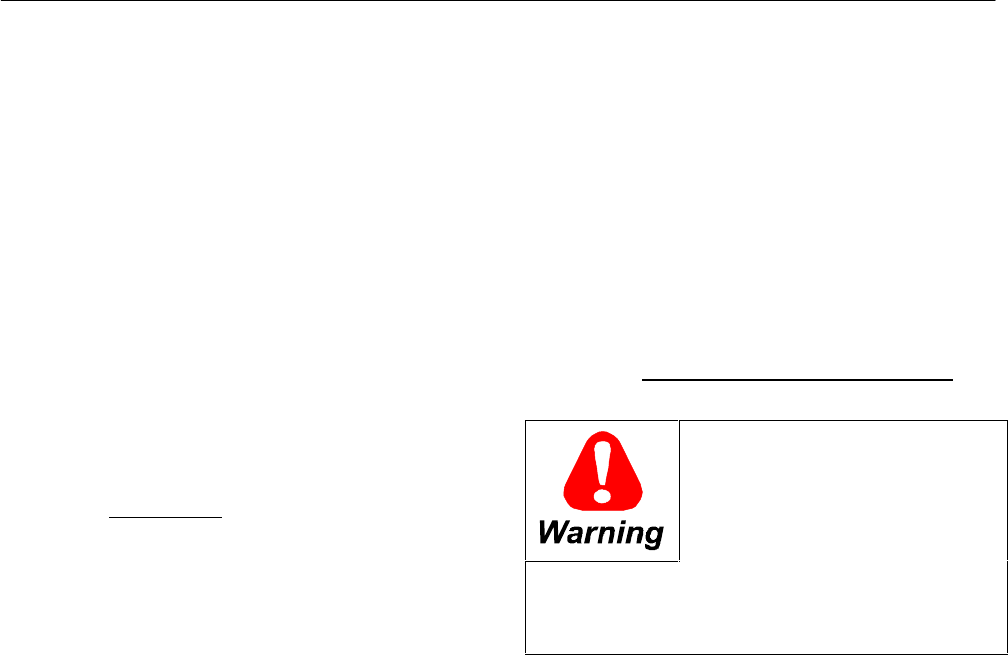
GEK-95352
14
tain that it rotates in the correct di-
rection. If it is necessary to change
rotation, interchange any two line
leads. For multispeed motors check
each speed independently. On VHS
motors do this before installing
pump head-shaft and upper half-
coupling.
Some motors are designed for unidi-
rectional rotation. Rotation of these
motors must be in accordance with
the rotation indicated on the name-
plate and the outline furnished with
the equipment.
B. Initial Start
1. After inspecting the machine
carefully as outlined above, make
the initial start by following the
regular sequence of starting opera-
tions in the control instructions.
2. Run the motor uncoupled ini-
tially, if possible, checking for ab-
normal noise, vibration or bearing
temperatures, and for current and
voltage balance. Then check motor
operation under load for an initial
period of at least one hour to ob-
serve whether any unusual noise or
hotspots develop.
3. In the event of excessive vi-
bration or unusual noise, remove all
power and disconnect the machine
from the load and check the
mounting and alignment.
4. Space heaters should be de-
energized during motor operation.
5. Check line voltage on all 3
phases to be sure it is balanced and
within 10% of motor rated voltage
with motor drawing load current.
6. Check the operating current
against the nameplate value. Do not
exceed the value of nameplate am-
peres X service factor (if any) under
steady continuous load. Also check
to be sure that current in all three
lines is balanced.
C. Jogging and Repeated Starts
Repeated starts and/or jogs of
induction motors greatly reduce
the life of the winding insula-
tion. The heat produced by
each acceleration or jog is
much more than that dissipated
by the motor at full load. If it is necessary to re-
peatedly start or jog a motor, it is advisable to
check the application with the local General
Electric sales office.
Check motor heating but do not de-
pend on your hand to determine
temperature. Use the temperature
detectors furnished in the motor if
there are any (eg., RTD’s or thermo-
couples), or use a thermometer. If
there is any doubt about the safe op-
erating temperature, take the tem-
perature of the part in question and
confer with the nearest sales office
of the General Electric company.
Give full details, including all
nameplate information.
Overheating of the motor may be
caused by improper ventilation, ex-
cessive ambient temperature, dirty
conditions, excessive current due to
overload, unbalanced a-c voltage, or
(if a variable speed controller is
used) harmonics in power supplied
to the motor.



